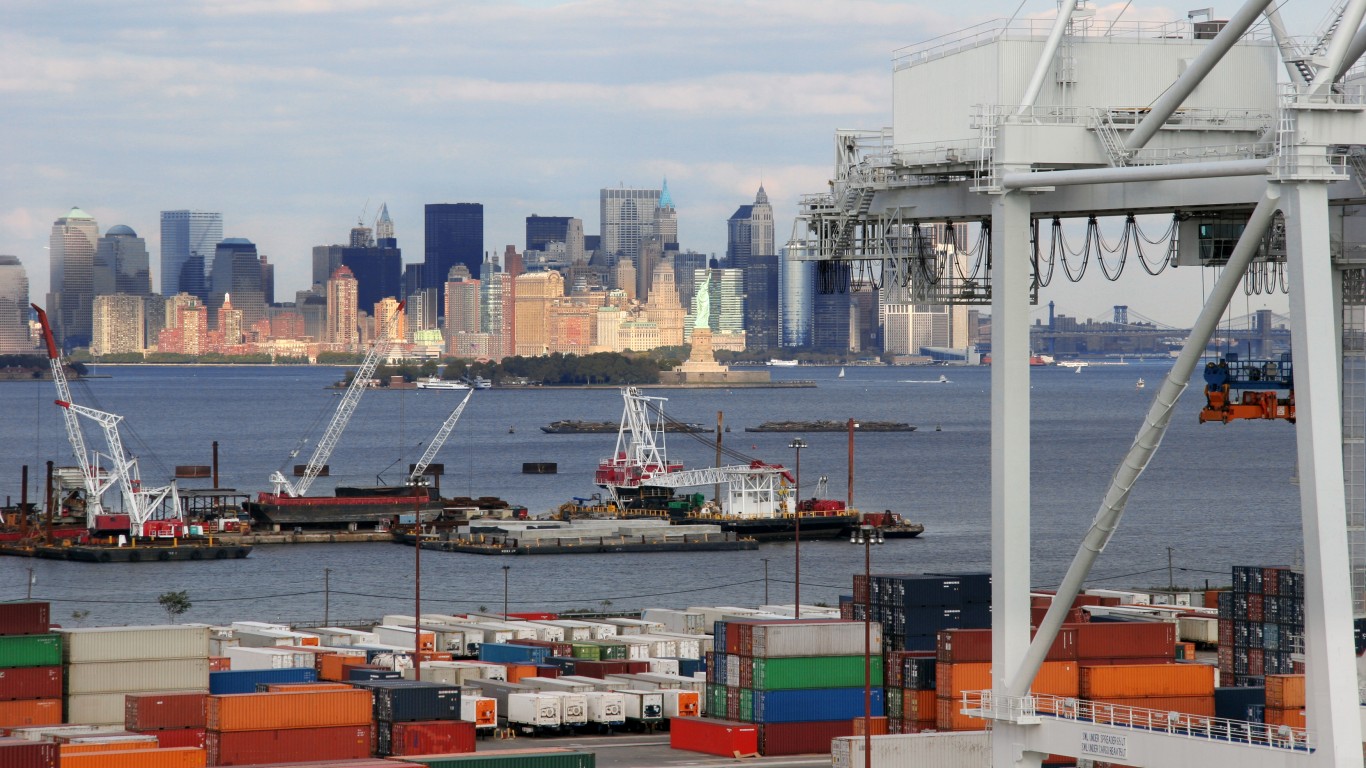

If you have been hoping that formal recession calls due to the coronavirus would not be coming, the time for that hope has ended. The COVID-19 pandemic already has brought major carnage to the U.S. jobs market in retail, food services and entertainment, and we are now a stay-at-home and work-from-home economy. If that’s not bad enough, France and Spain have followed Italy’s plan of isolation and lockdown to prevent the spread of the coronavirus.
It now does not matter that international flights are canceled and that quarantines for new arrivals are in place. The news from China’s worst-ever manufacturing report in February is potentially coming in the west as well. While none of the actual economic reports would indicate a recession yet, the most recent 30% plunge in stock market prices over the past month will indicate just how dire things have become.
A fresh report from Standard & Poor’s is as about as dire of a title as it can be: “The Global Recession Is Here And Now.”
S&P’s prior macroeconomic update was back on March 3, and since that time coronavirus spread has accelerated and its economic effect has become much worse. While S&P confirmed that live economic data is still scarce, its view on the initial figures from China covering January and February were much worse than had been feared. The World Health Organization did not declare this a pandemic until March 11.
While the virus spread in much of Asia seems to be stabilizing. S&P has warned that “the increasing restrictions on person-to-person contact in Europe and the U.S. have sent markets reeling as risk-aversion rises and views on economic activity, earnings, and credit quality deteriorate sharply.”
S&P now forecasts a global recession in 2020. While a global recession is supposed to be negative gross domestic product, S&P now sees global annualized GDP rising by just 1.0% to 1.5%.
As mentioned, China’s first macroeconomic data capturing the effects of COVID-19 was much worse than expected. Industrial production in China fell a staggering 12.3% in January-February, compared with the same period last year, four times the consensus forecast decline.
While China’s dismal economic data has been well-publicized by now, one issue that S&P brought up is that the projections around the path of the rebound are said to look optimistic. S&P also noted that the risks of secondary infections are slowing the lifting of person-to-person restrictions, and that means the recovery is likely to be more drawn out than previously thought.
As for the west, S&P has pointed out the restrictions on movement in Europe and the United States as putting a severe dent in economic activity. All aspects of life, from travel to school closures to canceling mass gatherings are all affecting daily lives. S&P also pointed out that the office and factory closures and with cities and parts of countries either in or moving toward lockdown from COVID-19 — all but basic societal functions are on hold.
S&P gave some high and low base assumptions for how portions of the world are now projected to have growth or contraction in 2020. These are shown as follows:
- USA: 0.0% high base, −0.5% low base
- Eurozone: −0.5% high base, −1.0% low base
- China: 3.2% high base, 2.7% low base
- Rest of the world: 1.9% high base, 1.4% low base
More importantly than any of these high or low bases, S&P also notes that its revised baseline has risks that “remain firmly on the downside.” Part of the issues here are that there really isn’t an economic playbook to go by yet. While the growing restrictions on person-to-person contact will affect economic activity, there are no empirical rules to calculate how social distancing could affect key economic variables. Even as central banks try to lower rates and make credit more available, S&P has seen that financial conditions have continued to tighten for most market participants. S&P even believes that more direct measures may need to be taken.
As for how long and how deep the measures will have an impact on the global economy over time, rather than just the near-term, S&P’s report warns:
It is difficult to measure how much output will be permanently lost as a result of COVID-19. While the focus now is rightly on containing the virus and measuring its downside effects, the strength of the eventual recovery will depend crucially on how much output can be replaced.
As 24/7 Wall St. has been warning, even if this somehow avoids fitting into the classical recession definition of a two-quarter drop in GDP, it still will feel like a recession to just about everyone.
Sponsored: Attention Savvy Investors: Speak to 3 Financial Experts – FREE
Ever wanted an extra set of eyes on an investment you’re considering? Now you can speak with up to 3 financial experts in your area for FREE. By simply
clicking here you can begin to match with financial professionals who can help guide you through the financial decisions you’re making. And the best part? The first conversation with them is free.
Click here to match with up to 3 financial pros who would be excited to help you make financial decisions.
Thank you for reading! Have some feedback for us?
Contact the 24/7 Wall St. editorial team.
 24/7 Wall St.
24/7 Wall St.


